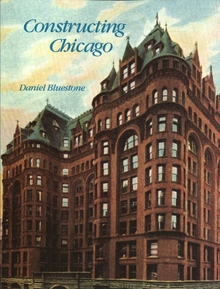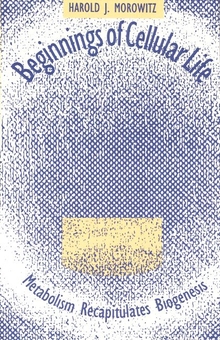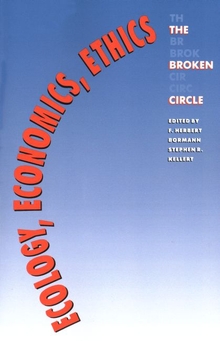Constructing Chicago
WARNING
You are viewing an older version of the Yalebooks website. Please visit out new website with more updated information and a better user experience: https://www.yalebooks.com
Daniel Bluestone
Chicago’s impressive industrial expansion in the late nineteenth century convinced most observers that the city was defined by the crass pursuit of wealth and that its architecture was, as described by Lewis Mumford, “a brutal network of industrial necessities.” In a major new book, Daniel Bluestone disputes this vision of the city. Combining architectural history and cultural analysis, Bluestone explores the creation of Chicago’s parks, churches, skyscrapers, and civic buildings. He finds that the structure of the city was influenced as much by the moral, cultural, and aesthetic aspirations of its local elite as by the untempered forces of commerce and capital.
Bluestone shows how nineteenth-century Chicago architects and their clients attempted to create a distinctive landscape that could distract residents and visitors form the gritty commercial workings of the city while demonstrating a commitment to urbanism that went beyond the marketplace. He surveys the parks that were created to mediate relations between social classes; the churches relocated in residential areas so that they could avoid the dominance of new downtown buildings; the plans for lakefront civic centers architecturally distinguished from the forms of the city’s famous early skyscrapers—including the Rookery, the Monadnock, the Columbus Memorial, and the Masonic Temple. And he examines these early Chicago skyscrapers, noting how their monumental entrances, embellished lobbies, artistic elevators, and spacious light courts were designed to soften their commercial edges to recast the city’s image, and to cultivate an emerging middle class of white-collar workers. A richly illustrated contribution to urban and architectural history, Bluestone’s book is also a perceptive look at central features in the design of this quintessential American city.
"A richly detailed reformulation of Chicago's cultural and commercial past. . . . While the book is particularly strong on architecture and planning, it should please any devotee of early Chicago history."—Paul Gapp, Chicago Tribune
"A fresh and insightful interpretation of the city's architecture, landscape, and culture in the years between its founding and the unveiling of the Burnham Plan, Chicago's first metropolitan plan, in 1909. Bluestone . . . argues that the physical environment of nineteenth-century Chicago was influenced as much by the moral, cultural, and aesthetic aspirations of its local elite as by the untrammeled forces of commercial capitalism. In this handsomely illustrated book, he explores the creation of the city's parks, churches, skyscrapers, and civic buildings, marshaling new evidence to show that Chicago's builders—its architects and park planners and their wealthy backers—tried to create an environment of order, repose, and elegance, informed by a sense of history and tradition, in parts of downtown and in the exclusive outlying areas they lived in."—Donald L. Miller, Chicago Magazine
"Richly illustrated and richly illustrative. . . . Constructing Chicago examines—indeed rethinks—the development of the lakefront devoted to high-minded culture with a capital `C,' the admirable park system and the concentrated Loop business district in terms of what they meant to their builders as well as their form."—James Krohe Jr., Chicago Enterprise
"All should welcome this expansion of the discussion of the history of Chicago's development before World War I. . . . Handsome photographs and maps, many of them newly uncovered; some specially prepared drawings; extensive . . . notes, and a bibliography extend the volume's usefulness."—Choice
"[Bluestone] advances plenty of evidence to suggest that a desire for culture motivated the politicians and businessmen who built Chicago. . . . Handsomely illustrated."—Witold Rybczynski, Times Literary Supplement
"A beautifully designed and clearly written book that adds to our ever-expanding knowledge of how and why this metropolis of the Midwest was constructed."—Jane H. Clarke, Journal of the Society of Architectural Historians
"Opens new horizons in American architectural history, too long closed by academic conventions. . . . A deeply humanistic work in the best historical tradition. Once read, one can never see or think of Chicago, its churches, parks, tall buildings, architects, and people, in the same way."—Frederick Gutheim, Inland Architect
"In Constructing Chicago Daniel Bluestone reminds us that the city's virtuosity with land and money was not its only art. . . . As Bluestone amply documents, the city's spatial complexity became its most expressive and defining art. . . . Constructing Chicago helps us see that the city's physical environment—its collection of parks, civic buildings, and commercial towers—is its primary literature, a thin but dynamic urbanism always under construction."—Ross Miller, Journal of American History
"Original, informative, and provocative, this book is an important contribution to our understanding of the course of Chicago's development and to urban and architectural history as a whole."—Donald J. Olsen, Vassar College
Publication Date: July 28, 1993
148 b/w + 12 color illus.








